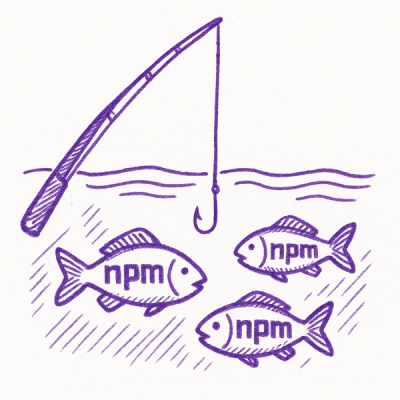async-arrays.js



This used to be an array-oriented flow control library. While it still is, async does it more completely.
Now it's just something to use when I want something more lightweight. YMMV
Usage
I find, most of the time, my asynchronous logic emerges from an array and I really just want to be able to control the completion of some job, and have a signal for all jobs. In many instances, this winds up being more versatile than a promise which limits you to a binary state and only groups returns according to it's state.
you can either retain an instance and use it that way:
import * as arrays from 'async-arrays';
// OR: const arrays = require('async-arrays');
arrays.forEach(array, iterator, calback);
arrays.forEach : execute serially
arrays.forEach(array, function(item, index, done){
somethingAsynchronous(function(){
done();
});
}, function(){
//we're all done!
});
arrays.forAll : execute all jobs in parallel
arrays.forAll(array, function(item, index, done){
somethingAsynchronous(function(){
done();
});
}, function(){
//we're all done!
});
arrays.forEachBatch : execute all jobs in parallel up to a maximum #, then queue
arrays.forEachBatch(array, batchSize, function(item, index, done){
somethingAsynchronous(function(){
done();
});
}, function(){
//we're all done!
});
arrays.map : map all elements of the array, but allow for asynchronous interaction. Alternatives are: arrays.map.each(sequential) arrays.map.all(parallel)
arrays.map(array, function(item, index, done){
somethingAsynchronous(function(newItem){
done(newItem);
});
}, function(mappedData){
//we're all done!
});
Prototype Usage
Attach to the prototype (using names which don't collide with the browser implementations):
require('async-arrays').proto();
forEachEmission : execute serially
[].forEachEmission(function(item, index, done){
somethingAsynchronous(function(){
done();
});
}, function(){
//we're all done!
});
forAllEmissions : execute all jobs in parallel
[].forAllEmissions(function(item, index, done){
somethingAsynchronous(function(){
done();
});
}, function(){
//we're all done!
});
forAllEmissionsInPool : execute all jobs in parallel up to a maximum #, then queue for later
[].forAllEmissionsInPool(poolSize, function(item, index, done){
somethingAsynchronous(function(){
done();
});
}, function(){
//we're all done!
});
mapEmissions : map all elements of the array, but allow for asynchronous interaction
[].mapEmissions(function(item, index, done){
somethingAsynchronous(function(newItem){
done(newItem);
});
}, function(mappedData){
//we're all done!
});
###Utility functions
non mutating
['dog', 'cat', 'mouse'].contains('cat') //returns true;
['dog', 'cat'].combine(['mouse']) //returns ['dog', 'cat', 'mouse'];
mutators
['dog', 'cat', 'mouse'].erase('cat') //mutates the array to ['dog', 'mouse'];
['dog', 'cat', 'mouse'].empty('cat') //mutates the array to [];
That's just about it, and even better you can open up the source and check it out yourself. Super simple.
Testing
just run
mocha
Enjoy,
-Abbey Hawk Sparrow






